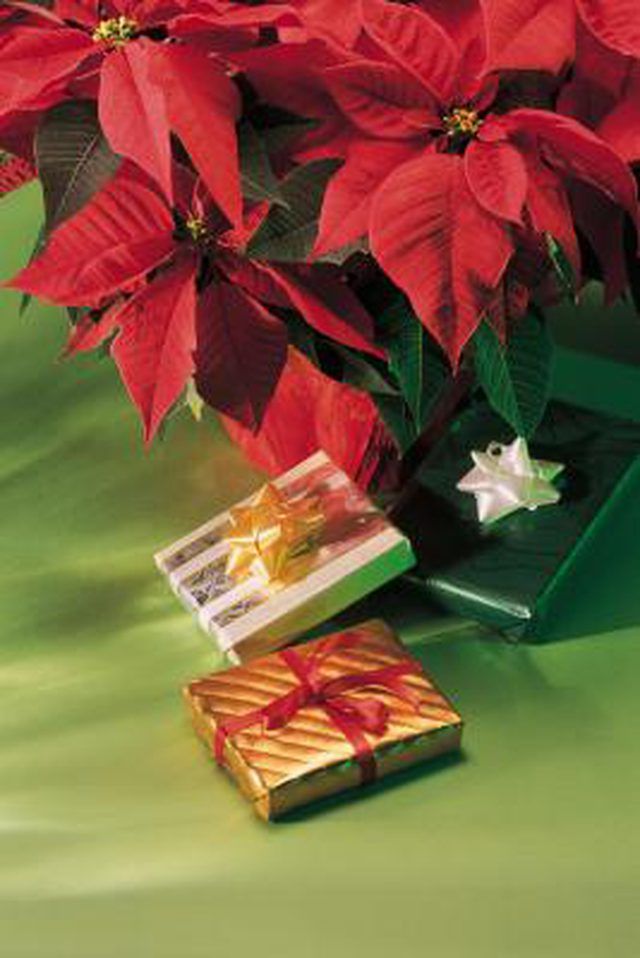Bulbs
Flower Basics
Flower Beds & Specialty Gardens
Flower Garden
Garden Furniture
Garden Gnomes
Garden Seeds
Garden Sheds
Garden Statues
Garden Tools & Supplies
Gardening Basics
Green & Organic
Groundcovers & Vines
Growing Annuals
Growing Basil
Growing Beans
Growing Berries
Growing Blueberries
Growing Cactus
Growing Corn
Growing Cotton
Growing Edibles
Growing Flowers
Growing Garlic
Growing Grapes
Growing Grass
Growing Herbs
Growing Jasmine
Growing Mint
Growing Mushrooms
Orchids
Growing Peanuts
Growing Perennials
Growing Plants
Growing Rosemary
Growing Roses
Growing Strawberries
Growing Sunflowers
Growing Thyme
Growing Tomatoes
Growing Tulips
Growing Vegetables
Herb Basics
Herb Garden
Indoor Growing
Landscaping Basics
Landscaping Patios
Landscaping Plants
Landscaping Shrubs
Landscaping Trees
Landscaping Walks & Pathways
Lawn Basics
Lawn Maintenance
Lawn Mowers
Lawn Ornaments
Lawn Planting
Lawn Tools
Outdoor Growing
Overall Landscape Planning
Pests, Weeds & Problems
Plant Basics
Rock Garden
Rose Garden
Shrubs
Soil
Specialty Gardens
Trees
Vegetable Garden
Yard Maintenance
How to Keep Poinsettias Alive Throughout the Year
How to Keep Poinsettias Alive Throughout the Year. Poinsettias (Euphorbia pulcherrima) originated in Mexico, where they were utilized by the Aztecs as early as the 14th century. These Christmas-time favorites, which offer a showy display of brilliantly colored bracts in shades of red, pink, white and yellow, didn't earn their name until Joel...

Poinsettias (Euphorbia pulcherrima) originated in Mexico, where they were utilized by the Aztecs as early as the 14th century. These Christmas-time favorites, which offer a showy display of brilliantly colored bracts in shades of red, pink, white and yellow, didn't earn their name until Joel Poinsett, the United States Ambassador to Mexico, found the plant and sent cuttings back to the states in 1828. Today, with over 100 varieties available, poinsettias account for more than 85 percent of potted plant sales during the Christmas holiday season. However, this perennial beauty can add life and color to your home throughout the entire year.
Things You'll Need
Spray bottle
Household plant insecticide
All-purpose houseplant fertilizer
Garden scissors
Light-proof bag
Container for repotting
Sterile potting mix
Remove foil from the bottom of the poinsettia container to allow water to run through freely.
Add water when the top of the soil becomes dry, but do not allow the poinsettia to wilt. Let the water run through the soil, then empty the saucer when it is completely drained. Maintain this watering schedule throughout the year.
Remove any damaged or yellowing leaves and bracts, which are the colored leaves that surround the tiny yellow flowers, called cyathia, in the center of each cluster. Continue this process throughout the year.
Place poinsettias in a location that offers lots of natural, yet indirect lighting, away from drafts or constant heat sources, such as refrigerators or televisions. Poinsettias need consistent temperatures between 60 and 70 degrees Fahrenheit for a long life. The University of Illinois Extension recommends moving plants to a room with temperatures between 55 and 60 degrees Fahrenheit at night to lengthen the initial blooming period.
Apply an all-purpose houseplant fertilizer monthly, beginning in late January, after the blooms, including both bracts and cyathia, begin to fade. Follow the manufacturer's recommended dosage and application directions. Gradually reduce the amount of fertilizer, beginning in early September, in preparation for the new flower growth.
Check poinsettias regularly for insect infestation. Keep leaves clean, using a spray bottle to mist the foliage or a clean, damp cloth to gently wipe away dust. Poinsettias are susceptible to common household pests such as mealy bugs, whiteflies, spider mites and fungus gnats. According to the Smithsonian Institution, a mild houseplant insecticide may be used to further control attacks.
Pinch or snip off the tip of each twig, or main stem, to promote fuller growth. Leave at least two nodes, the point where a leaf forms, on each twig.
Begin a light schedule, starting at the end of September, that includes at least 12 to 14 hours of total darkness at night and full, natural light for the same amount of time during the day. Use a light-proof bag or a box to completely cover each plant. Any exposure to light during the dark hours can prevent poinsettias from developing new blooms. Continue this schedule for four to eight weeks.
Move poinsettias to a location with lots of direct light for at least six hours each day, after concluding the four- to eight-week lighting schedule. Rotate the plants each day to ensure that all sides receive adequate sunlight.
Stop fertilizing your poinsettias shortly before the new blooming period begins. New Mexico State University Cooperative Extension Service recommends fertilizing until mid-December.